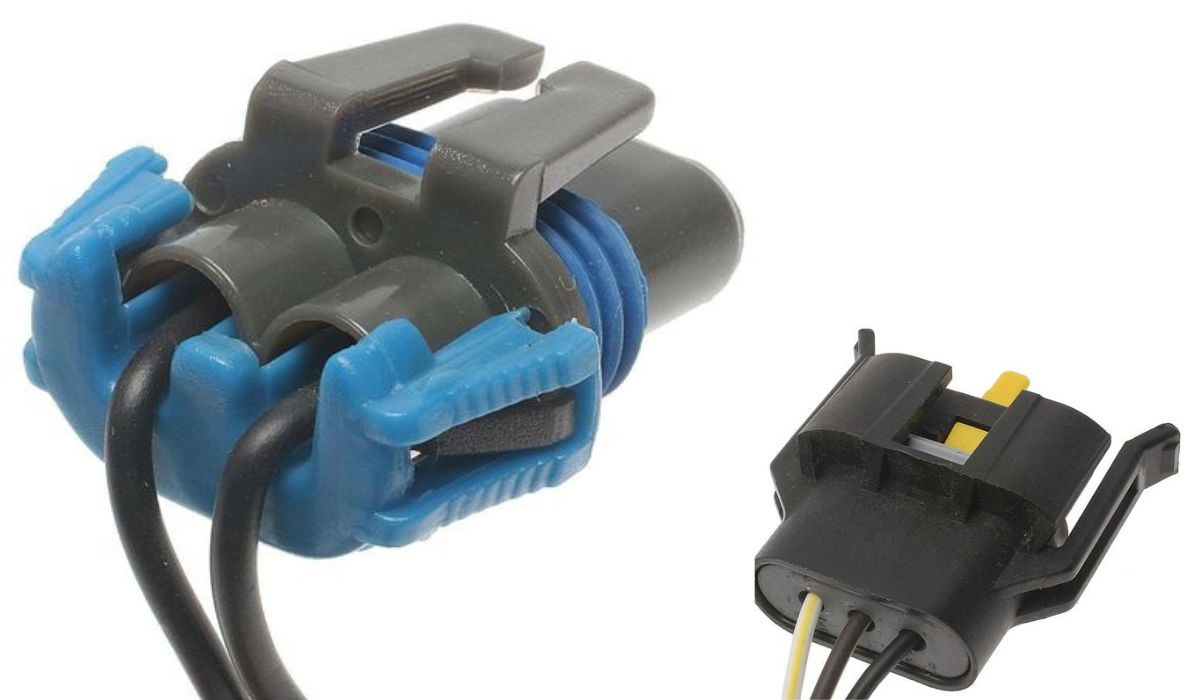Both are of utmost importance in the field of automotive engineering. Headlight connectors are an essential, yet frequently disregarded, part of these elements. These seemingly inconsequential parts are crucial to the efficient operation of a car’s lighting and electrical system. The performance, durability, and safety of headlamp connectors have all increased as vehicle technology has progressed.
The Basics of Headlight Connectors
A vehicle’s headlights and wiring harness are joined together via a headlight connector. It’s the conduit through which current can flow and power the headlight. The headlight connector’s major function is to create a solid connection, which keeps the light shining brightly no matter the weather.
Evolution of Headlight Connectors
Similar to other automobile components, headlight connectors have improved through time. Headlights used to be connected to vehicles by standard socket and plug systems. These simple connectors served their purpose, but they were vulnerable to corrosion, bad couplings, and environmental degradation.
Thanks to technological advancements in materials, production methods, and design, today’s headlamp connectors have vastly improved. Among the most significant developments are:
- Waterproofing and Durability: Modern headlamp connectors are more resistant to moisture, dust, and other environmental elements thanks to the use of weather-resistant materials and sealing procedures. As a result, you won’t have to change the connector or the lamp quite so often.
- Advanced Materials: Conventional connectors were often fashioned from simple plastics that deteriorated over time when subjected to factors like heat, vibration, and chemical exposure. Modern connectors are made from superior materials that can withstand higher temperatures, less vibration, and fewer chemicals than their predecessors.
- Ease of Installation: Makers now prioritise making their products simple to set up. Connectors for today’s headlights typically use color-coded wiring and simple locking mechanisms to streamline installation and lessen the possibility of human error.
- Enhanced Electrical Performance: Thanks to developments in materials science and manufacturing techniques, modern electrical connectors feature higher conductivity and lower resistance, greatly improving their performance. As a result, there is less energy wasted and the headlights are brighter than before, increasing visibility and safety on the road.
- Compatibility with LED and HID Technologies: Headlight connectors have evolved to be compatible with newer lighting technologies like LEDs and HIDs as vehicles make the switch from inefficient halogen bulbs to their more energy-efficient LED and HID counterparts. The increased electrical load of these sophisticated lighting systems is safely accommodated by these connectors.
Safety Implications
The safety of motorists is directly related to the dependability of headlamp connectors. The risk of an accident, especially in low-light settings, is increased if the headlights don’t work as expected because of a broken connector. Improvements in headlamp connector technology help keep drivers visible at all times and reduce the likelihood of sudden problems with the lights.
Conclusion
Even the smallest parts play an important role in the complex engineering of today’s automobiles. The once-ignored headlight connector has developed significantly from its early days as a simple socket and plug. The industry’s dedication to enhancing security, efficiency, and the user experience is reflected in the development of these connectors. The dependability and effectiveness of car lighting systems will continue to improve with new developments in headlamp connectors as automotive technology advances, making the roads safer for everyone.











